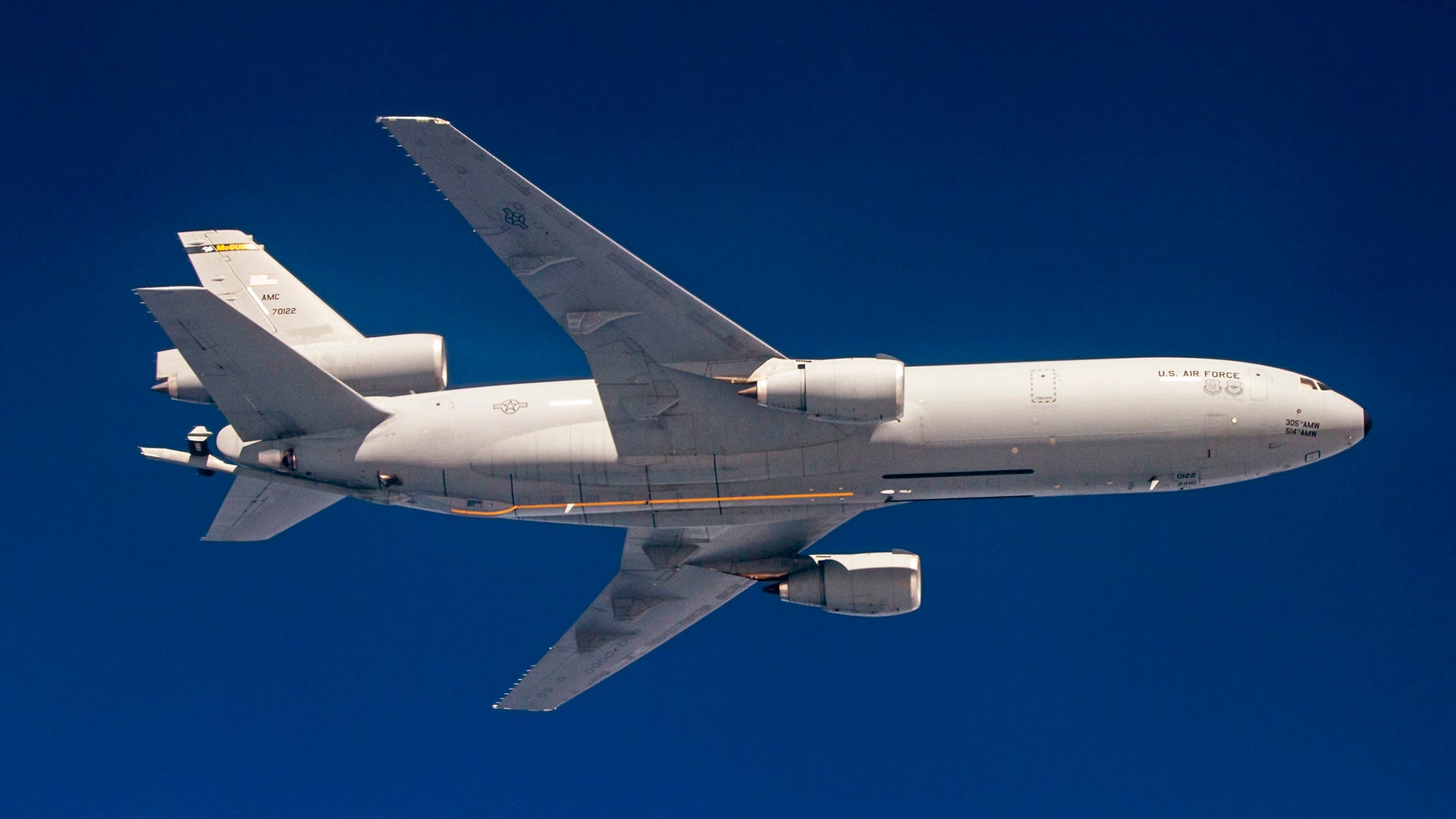The U.S. Air Force is sending a KC-10A Extender tanker to the boneyard at Davis-Monthan Air Force Base for the first time ever. This comes just a day after the 40th anniversary of the type’s first flight. The retirement also comes amid a brewing battle between the service and Congress over its aerial refueling tanker plans given persistent problems with its new KC-46A Pegasuses.
The public affairs office for the 309th Aerospace Maintenance and Regeneration Group, the unit that manages the Pentagon’s aircraft boneyard in Tucson, Arizona confirmed to The War Zone that it is expecting a KC-10A to arrive today, July 13, 2020, but that it has not yet arrived. The 309th was unable to confirm the serial number of the aircraft or the unit that is sending it into retirement, but it is reportedly tail 86-0036 from the 305th Air Mobility Wing at Joint Base McGuire-Dix-Lakehurst in New Jersey. We have reached out to that base’s public affairs office for more information, as well, but have not yet heard back.
If the aircraft does arrive today, as expected, it will have gone to the boneyard four decades and one day after the KC-10A, derived from the DC-10-30CF airliner, flew for the first time at McDonnell Douglas’ plant in Long Beach, California on July 12, 1980. The Air Force had picked the KC-10A as the winning design for its Advanced Tanker Cargo Aircraft Program three years earlier. It beat out proposals for tankers based on Boeing’s 747 and Lockheed’s L-1011 TriStar airliner and C-5 Galaxy transport plane.

The Air Force acquired the KC-10As as heavy tankers to supplement the KC-135 family and with an eye toward buying a design it could field relatively quickly to provide important additional tanker capacity, especially in regards to refueling large fully laden transports flying over great distances. The KC-10A, which first entered Air Force service in 1981, has an 88 percent commonality with the DC-10-30CF. The aircraft’s additional fuel tanks, which can hold up to 356,000 pounds of aviation fuel, nearly double that of the KC-135, are installed in what would’ve been the baggage compartments in the lower portion of the fuselage on the standard airliner DC-10 variant.
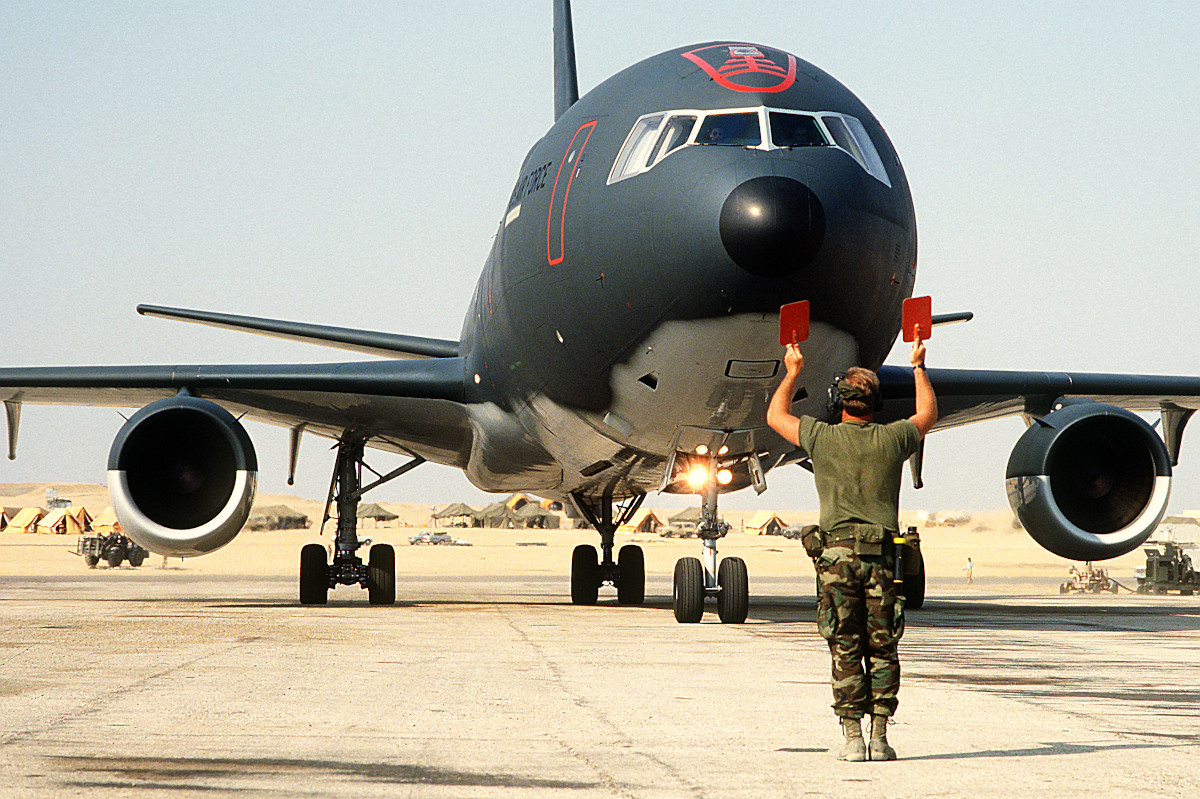
Unlike the KC-135, the KC-10A also has an integrated hose-and-drogue system, in addition to its boom, which can refuel aircraft that use that refueling method, such as those from the U.S. Navy and Marine Corps. This arrangement presents fewer risks to both the tanker and the receiving aircraft compared to the hose-and-drogue system that attaches to the boom on the KC-135. Some KC-135s now have wingtip hose and drogue refueling pods, as well.
It’s worth noting that, in addition to aerial refueling, the KC-10As also have a cargo-carrying mission. The Extenders are capable of carrying a wide variety of cargoes, including light vehicles, such as Humvees.
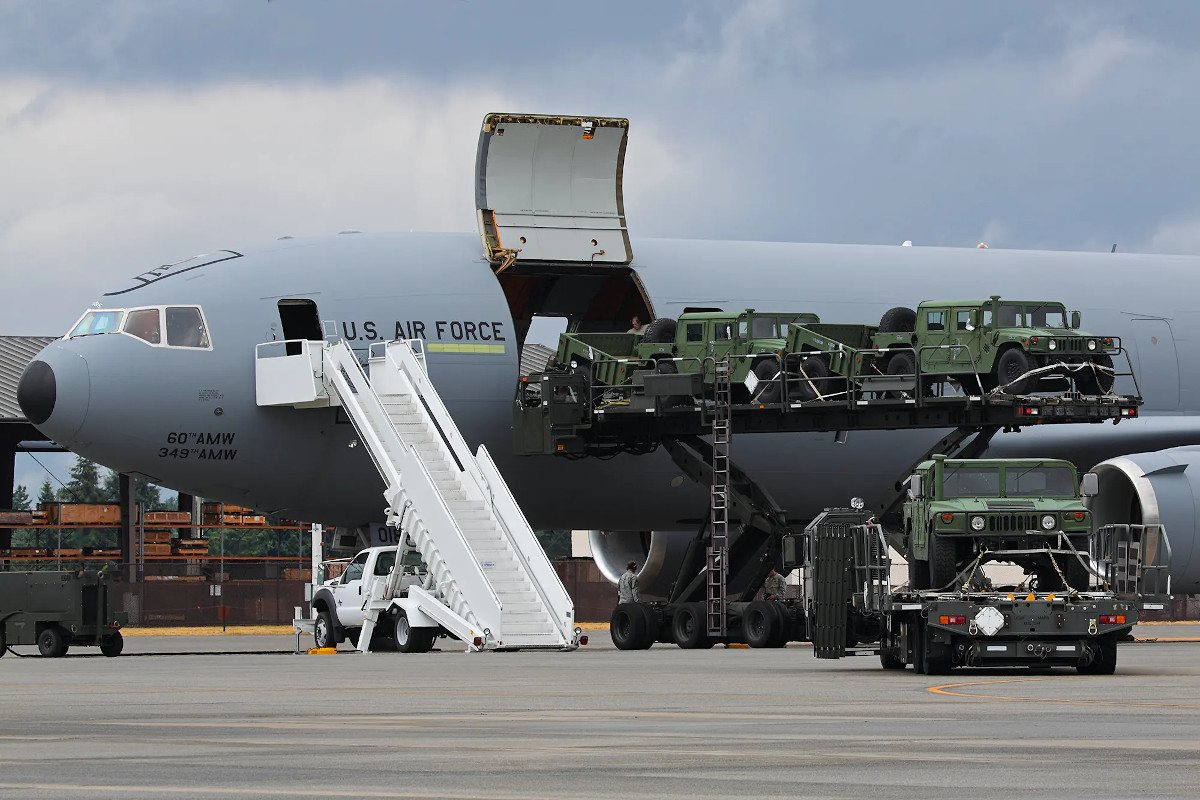
The Air Force ultimately bought 60 KC-10As, 59 of which remain in service today. The service lost the 60th aircraft after it suffered an explosion and subsequent fire while undergoing maintenance at Barksdale Air Force Base in Louisiana in 1987, which killed one of the individuals working on that tanker at the time. The Dutch Air Force also received two similar KDC-10 aircraft.
The youngest Air Force Extenders are now over 30 years old and the Air Force has been looking at options for replacing them for years now. The aircraft have been showing their age. In May 2018, smoke on the flight deck of a KC-10A assigned to the 305th Air Mobility Wing forced the crew to evacuate. Their aircraft’s escape slides failed to activate during that incident, exposing a separate fault in that safety system across the entire fleet.
The Air Force had initially planned to hold a competition to select a replacement specifically for the Extenders, referred to as KC-Y, after selecting Boeing’s KC-46A Pegasus, originally referred to as KC-X, to replace the KC-135s. It subsequently decided to supplant at least a portion of the KC-10A fleet with KC-46As.
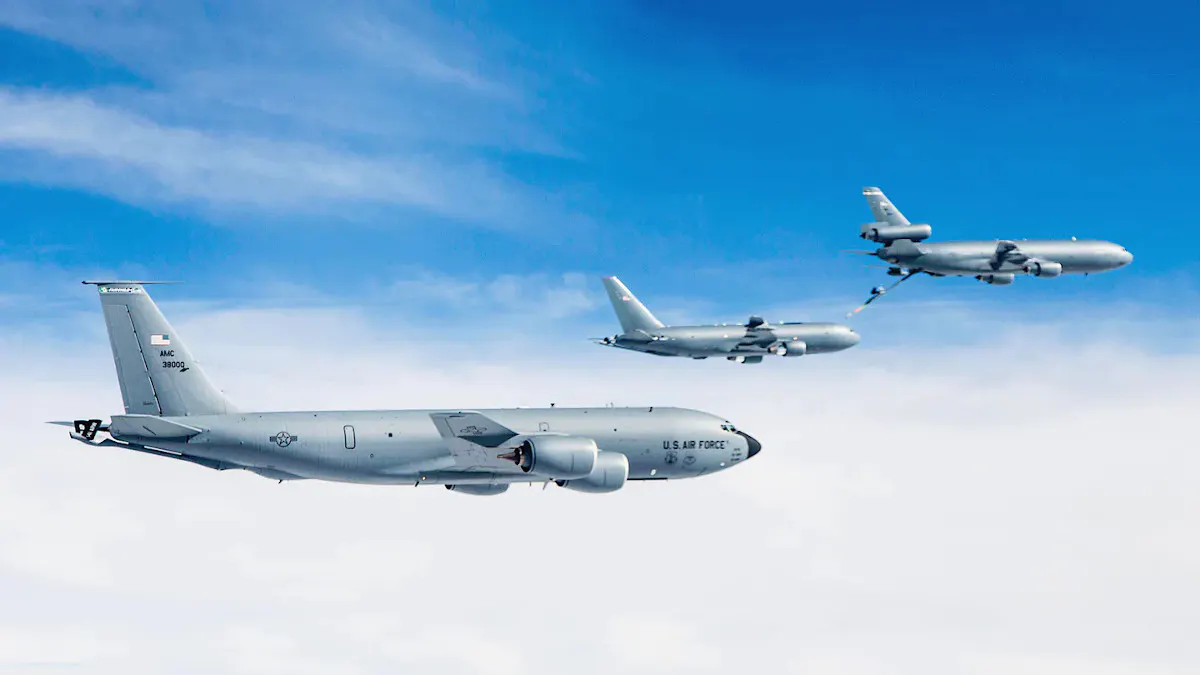
In its most recent budget request, for the 2021 Fiscal Year, the Air Force announced plans to retire 16 KC-10As, along with 13 KC-135s, in the coming year. The service has since backed away from this proposal in the face of significant backlash from Congress, as well as from within the U.S. military itself.
A key issue is that the KC-46A program has been dogged by a host of major quality control and technical issues, especially with the plane’s Remote Vision System (RVS), over the years. Unlike in previous tankers, where an individual would lie at the rear of the aircraft and visually observe the situation while manipulating the refueling boom into receiving aircraft, boom operators in the KC-46A use the RVS to do this remotely from the plane’s main cabin.
The existing RVS has proven to be difficult and potentially dangerous to operate under certain circumstances and the Air Force has said that it will not use the KC-46As for day-to-day refueling activities, in combat or elsewhere, until Boeing implements a fix. The goal is for Boeing to have finished the development and testing of the new RVS by 2023. You can read more about this saga in these past War Zone pieces. The type also has an integrated hose and drogue system, like the KC-10, that can refuel Navy and Marine Corps aircraft without the same risk issues.
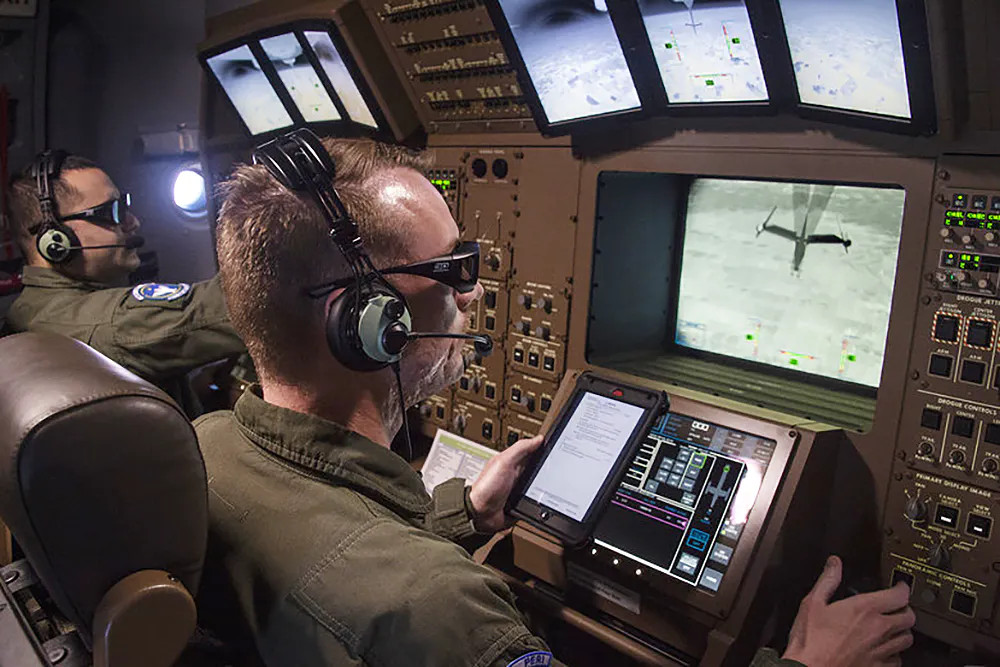
The service has now pushed back making a decision about approving the start of full-rate production of the Pegasuses until at least 2024, with the hope that the improved RVS will be ready by then. It’s unclear how long it will take to integrate the fix into the more than 30 KC-46As the Air Force will have already received by then.
As it stands now, the Senate is looking add a provision to the next annual defense policy bill, or National Defense Authorization Act, to force the delay of any tanker retirement plans until the RVS issues are resolved. It’s not clear how this might impact the Air Fore’s plans to send the KC-10As to the boneyard, which are already in progress now.

U.S. Transportation Command, by way of the Air Force’s Air Mobility Command, is also exploring options for hiring contractors to provide important additional tanker capacity. One of the options that Air Mobility Command has been considering is the sale or lease of tankers from U.S. military stocks, such as the boneyard at Davis-Monthan, to private companies, who would then operate them under contract with the U.S. military. The influx of KC-10As would add to a number of KC-135s already at the boneyard. Private aerial refueling firm Omega Air has already bought the two KDC-10s from the Dutch Air Force, which retired them in favor of new Airbus A330 Multi-Role Tanker Transports (MRTT).
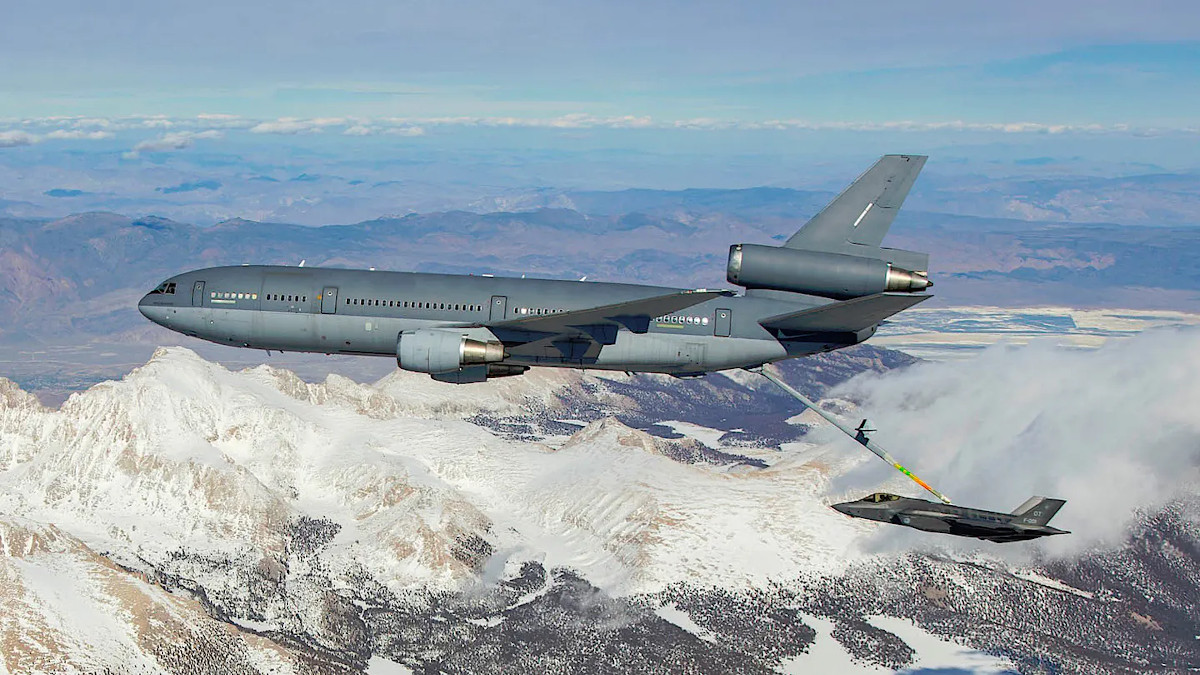
It is worth noting that private companies that the Air Force has consulted with about these plans rejected the idea of buying or leasing aircraft from the U.S. government. It’s unclear exactly why this was the case, but there were significant potential legal and regulatory hurdles to the proposal. You can read more about that proposal, as well as the others the Air Force has been exploring, in detail in this past War Zone story.
What is clear is that the Air Force is moving ahead with its plans to retire at least some KC-10As in the near future, at least until Congress orders them to stop.

Update: 3:10 PM EST—
Flight tracking data available from ADS-B Exchange shows that KC-10A, serial number 86-0036, has touched down at Davis-Monthan Air Force Base after leaving Joint Base McGuire-Dix-Lakehurst, further indicating that it is indeed the first Extender to head to the boneyard.
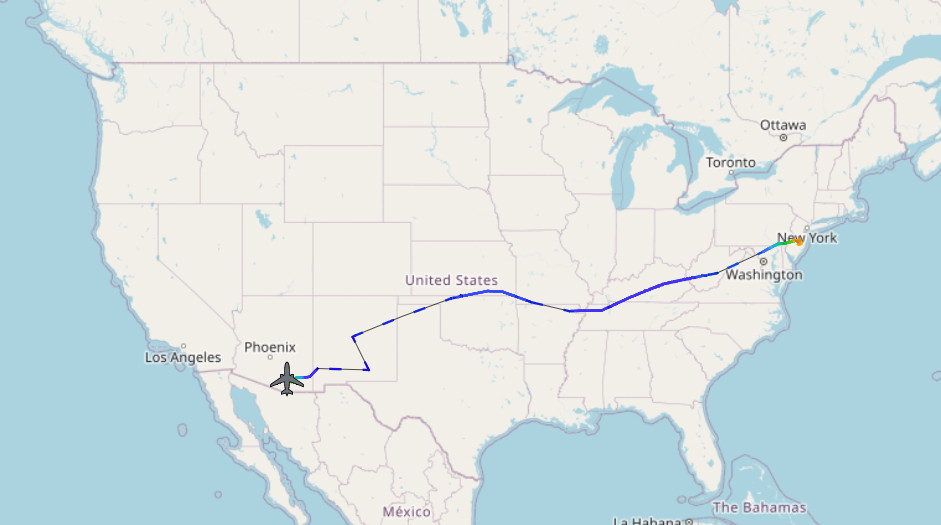
Contact the author: Joe@thedrive.com
